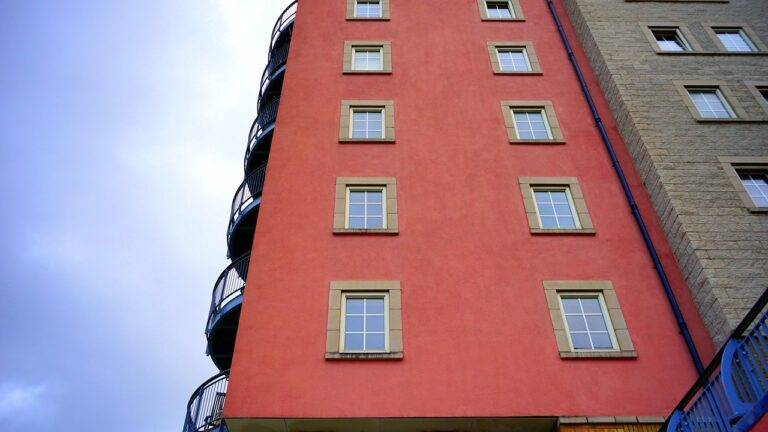Smart Home Integration: Connecting Devices for Seamless Automation
Integrating smart devices in your home can bring convenience and efficiency to your everyday life. From smart thermostats that adjust the temperature based on your preferences to smart lighting systems that can be controlled remotely, these devices offer a seamless way to manage your home environment with ease.
Moreover, smart devices can enhance the security of your home by providing real-time monitoring and alerts. Smart cameras, doorbell cameras, and smart locks can give you peace of mind knowing that you can keep an eye on your property and control access even when you’re away.
Understanding the Different Types of Smart Home Devices
In the realm of smart home technology, there exists a diverse array of devices that can be integrated into your living space for enhanced convenience and efficiency. Smart speakers, such as Amazon Echo and Google Home, are popular choices that offer voice-controlled assistance for tasks ranging from playing music to setting reminders.
Another common smart home device is the smart thermostat, which allows for remote temperature control and energy savings through programmable settings. These thermostats, like Nest and Ecobee, can learn your preferences over time and adjust the temperature accordingly. Additionally, smart lighting systems offer the ability to control the ambiance of your home with features like dimming, scheduling, and color-changing options through apps or voice commands with compatible smart assistants.
Choosing the Right Smart Home Hub for Your Integration
When it comes to selecting the perfect smart home hub for your integration, it’s essential to consider compatibility with other devices. Ensure that the hub you choose works seamlessly with a wide range of smart devices, such as smart bulbs, thermostats, and security cameras. This will make it easier to create a cohesive smart home ecosystem without encountering any connectivity issues.
Another crucial factor to keep in mind is the ease of use and setup of the smart home hub. Opt for a hub that offers a user-friendly interface and straightforward installation process. This will save you time and frustration when setting up or adjusting your smart home devices. Additionally, look for a hub that provides regular software updates to ensure optimal performance and security for your smart home system.
• Compatibility with other devices is crucial for seamless integration
• Choose a hub that works well with smart bulbs, thermostats, and security cameras
• Easy setup and user-friendly interface are important factors to consider
• Look for regular software updates to maintain optimal performance and security
What are the benefits of integrating smart devices in your home?
Integrating smart devices in your home can help increase convenience, efficiency, and security. You can control various aspects of your home remotely, save energy, and enhance your overall living experience.
What are the different types of smart home devices available?
There are various types of smart home devices available, including smart lights, thermostats, security cameras, door locks, speakers, and more. These devices can be integrated to work together and be controlled through a central hub.
How do I choose the right smart home hub for my integration?
To choose the right smart home hub, consider compatibility with the devices you already own or plan to purchase, ease of use, reliability, and additional features such as voice control or automation capabilities. Research different options and choose one that best suits your needs.







